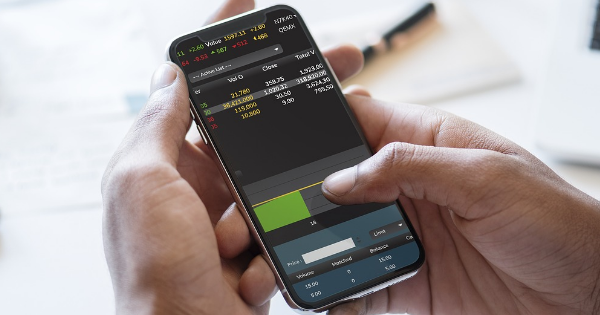
Portfolio turnover is the rate at which an investor or investment manager sells assets in a particular portfolio and replaces them by purchasing other assets.
Although most of what I read in GoldFund’s prospectus was convincing, I was not pleased to see that its portfolio turnover was rather high for a fund that the company claims to be passively managed.
Portfolio turnover is calculated as the ratio of the value of assets sold or purchased (whichever of these is smaller) to the total portfolio value, usually expressed as a percentage. The higher the turnover, the more the composition of the portfolio has changed over time. High portfolio turnover is typical of active investing, whereas passively managed portfolios have relatively low portfolio turnover.
Fluktuace portfolia označuje míru do jaké investor nebo investiční manažer prodává akcie v určitém portfoliu a nahrazuje je kupováním jiných aktiv.
Ačkoli většina z toho, co jsem četl z prospektu fondu GoldFund byla přesvědčivá, nepotěšilo mě, že fond měl vcelku vysokou fluktuaci portfolia na fond, o kterém společnost tvrdí, že je pasivně řízený.
Fluktuace portfolia se počítá jako poměr hodnot prodaných nebo koupených aktiv (podle toho, co je nižší) k celkové hodnotě portfolia, a obvykle je vyjádřena v procentech. Čím vyšší je fluktuace, tím více se mění složení portfolia v čase. Vysoká fluktuace portfolia je typická pro aktivní investování, zatímco pasivně řízená portfolia mají relativně nízkou fluktuaci portfolia.
English Editorial Services’ mission is to assist international businesses and organizations of all sizes to communicate clearly, correctly, and persuasively with their business partners and target audiences.
Simply subscribe to receive our Business Term of the Day at no charge to your inbox each business day, with explanation in English and Czech.



English Editorial Services’ mission is to assist international businesses and organizations of all sizes to communicate clearly, correctly, and persuasively with their business partners and target audiences.
Simply subscribe to receive our Business Term of the Day at no charge to your inbox each business day, with explanation in English and Czech.

